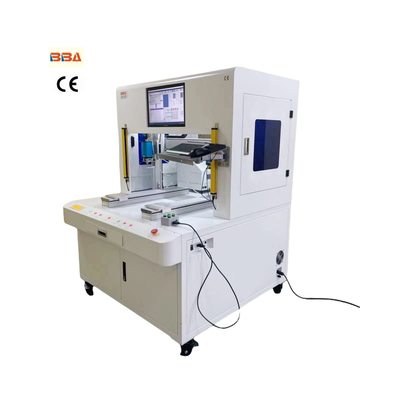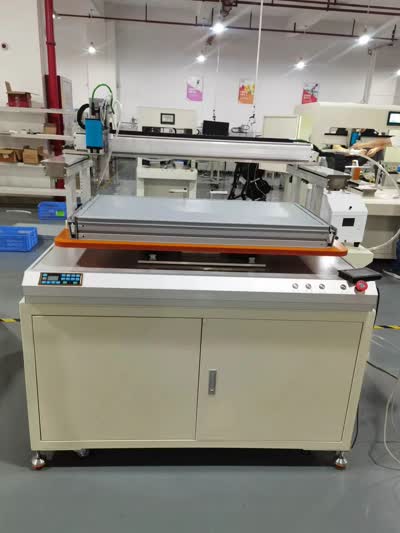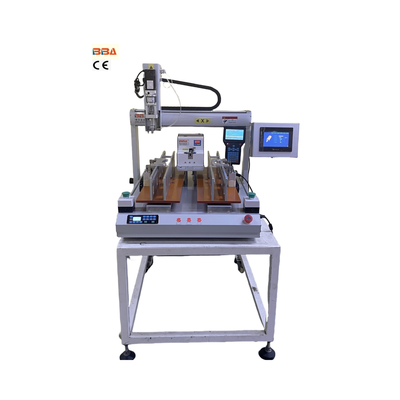Modern Screw Tightening Robots: Key Features & Industrial Applications
| Product Name | Applicable industries |
| Auto Screwdriver Machine | Smart Wearables Production |

Key Features of Modern Screw Tightening Robots
The evolution of industrial automation has brought forth a new generation of screw tightening robots, designed to meet the rigorous demands of modern manufacturing. These advanced systems are engineered to deliver unparalleled precision, efficiency, and reliability in assembly processes. By integrating cutting-edge technologies, these robots are transforming production lines across various industries, ensuring higher quality standards and operational consistency.
High Precision Torque Control
One of the most critical features of modern screw tightening robots is their ability to apply exact torque with exceptional accuracy. Utilizing advanced servo motors and real-time feedback systems, these robots can achieve torque tolerances within fractions of a Newton-meter. This precision ensures that every screw is tightened to the exact specification required, eliminating under-tightening or over-tightening which can lead to product failures or safety issues. The consistent application of torque also enhances product durability and performance.
Adaptive Flexibility and Programmability
Modern screw tightening robots are highly adaptable and can be programmed for a wide range of tasks. Through intuitive software interfaces, operators can easily set parameters for different screw types, sizes, and torque requirements. This flexibility allows the same robot to be used for multiple products or assembly stages, reducing the need for dedicated machinery for each task. Additionally, these systems can store numerous recipes, enabling quick changeovers and minimizing downtime during production shifts.
Seamless Integration with Smart Systems
These robots are designed to integrate seamlessly with existing manufacturing execution systems (MES) and Internet of Things (IoT) platforms. They can communicate in real-time with other machinery and central control systems, providing valuable data on production metrics, maintenance needs, and quality control. This connectivity facilitates predictive maintenance, as the robot can alert operators to potential issues before they cause disruptions, thereby optimizing overall equipment effectiveness (OEE).
Enhanced Vision and Sensing Capabilities
Equipped with high-resolution cameras and sophisticated sensors, modern screw tightening robots can identify and verify screw positions autonomously. Vision systems enable the robot to locate screw holes accurately, even if components are slightly misaligned. Sensors detect thread presence, cross-threading, or missed screws, ensuring each fastening operation is completed correctly. This capability significantly reduces error rates and enhances the overall quality of the assembly process.
User-Friendly Operation and Safety
Despite their complexity, these robots are designed for user-friendly operation. Graphical user interfaces (GUIs) allow even non-experts to program and monitor tasks with ease. Safety features such as collision detection, emergency stop functions, and protective enclosures ensure safe operation alongside human workers. These systems comply with international safety standards, creating a secure working environment while maintaining high productivity levels.
Durability and Low Maintenance
Built for industrial environments, modern screw tightening robots are constructed from robust materials designed to withstand continuous operation. Their mechanical components are engineered for longevity, reducing the frequency of replacements. With self-diagnostic tools and modular designs, maintenance is straightforward and minimizes operational interruptions. This reliability ensures a strong return on investment by lowering long-term ownership costs.
In summary, modern screw tightening robots represent a significant leap forward in assembly automation. Their precision, flexibility, connectivity, and robustness make them indispensable assets for manufacturers aiming to enhance quality, efficiency, and competitiveness in today's dynamic market.


